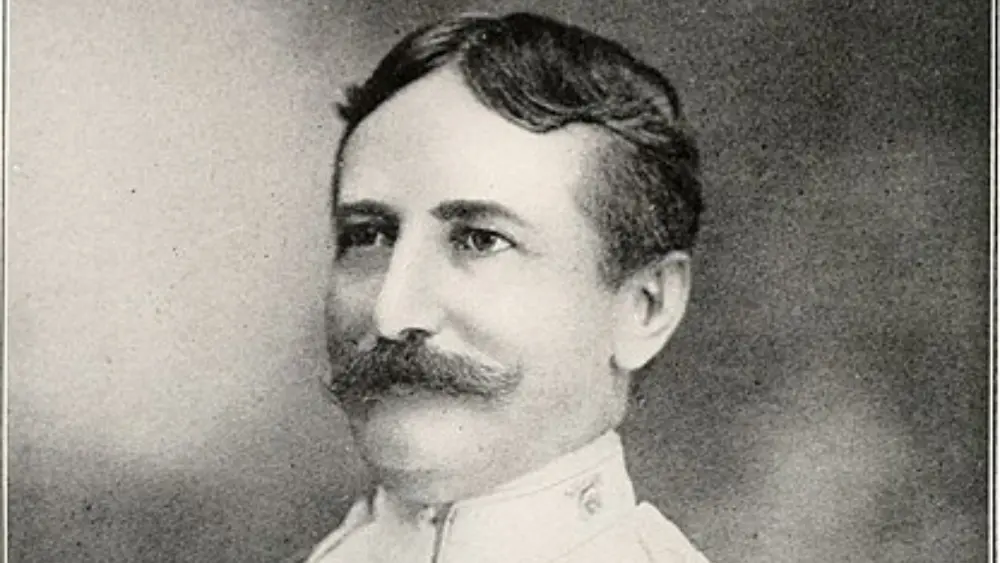John Lincoln Clem, born on August 13, 1851, in Newark, Ohio, earned renown as one of the youngest soldiers to serve in the Union Army during the American Civil War. His remarkable story of determination and courage has made him an enduring symbol of inspiration and patriotism.
Early Life and Enlistment
Hailing from Newark, Ohio, John Clem’s extraordinary journey into military service commenced when he made the audacious decision to run away from home at the age of 9 and join the Union Army. In 1861, Clem enlisted as a drummer boy with the 22nd Michigan Infantry. Despite his tender age, Clem’s tenacity and courage endeared him to both his fellow soldiers and superiors. His small stature earned him the nickname “Johnny Shiloh,” a reference to the Battle of Shiloh, where he first gained notice for his spirited participation.
Clem’s enlistment as a drummer boy marked the beginning of a remarkable military career that defied conventional expectations. His story would become emblematic of the youthful enthusiasm and resilience displayed by many Civil War soldiers.
John L. Clem: Known for in the U.S. Military Drummer Boy of Chickamauga
John L. Clem left an enduring mark on U.S. military history during the Battle of Chickamauga in 1863. As the battle raged on and his regiment faced the grim reality of retreat, Clem, undeterred, persisted in performing his duties as a drummer. His unwavering commitment to his responsibilities in the midst of chaos highlighted his extraordinary courage and dedication.
Clem’s resilience reached legendary status when, after his regiment was overrun and captured by Confederate forces, he refused to yield. Despite being a prisoner of war, Clem defiantly responded to the demands for surrender with a gunshot from his pistol. This audacious act not only saved him from captivity but also earned him widespread recognition as the “Drummer Boy of Chickamauga,” solidifying his place in military history.
Symbol of Youthful Courage
John L. Clem’s actions at Chickamauga catapulted him into the spotlight, and he quickly became a symbol of youthful courage and determination. The moniker “The Drummer Boy of Chickamauga” encapsulated not only his role as a drummer in the heat of battle but also his remarkable bravery in the face of adversity. Clem’s story resonated deeply with Union troops, serving as a source of inspiration and a testament to the indomitable spirit of the youth within the ranks.
Beyond the military sphere, Clem’s tale captured the imagination of the American public. His youthfulness and fearlessness stood out in contrast to the grim realities of war, making him a celebrated figure. The Drummer Boy of Chickamauga became a symbol of resilience and tenacity, reminding the nation that even in the darkest moments of conflict, acts of bravery from the youngest among them could shine brightly.
John L. Clem: Rising through the Ranks
John L. Clem’s extraordinary courage and dedication on the battlefield did not go unnoticed by military leadership. In recognition of his valor at the Battle of Chickamauga, Clem received a remarkable promotion to the rank of sergeant, an honor that set him apart as one of the youngest noncommissioned officers in the history of the U.S. military. This promotion not only underscored his personal bravery but also highlighted the evolving dynamics of the Civil War, where acts of exceptional valor were rewarded to inspire and uplift the spirits of soldiers on the Union side.
Clem’s rise through the ranks became a symbolic gesture within the Union Army, emphasizing the importance of recognizing and nurturing bravery at all levels, regardless of age. His story not only became an inspirational narrative for troops on the front lines but also resonated with the broader American public, showcasing the remarkable achievements possible even in the midst of a challenging and unruly period in the nation’s history.

Post-Civil War Career and Longevity
Following the Civil War, John L. Clem’s dedication to military service endured, and he embarked on a post-war career that showcased his versatility and commitment. In 1916, Clem achieved a significant milestone in his military education by graduating from the United States Army War College. This accomplishment underscored his continued pursuit of knowledge and strategic understanding, reflecting a commitment to excellence that had characterized his earlier years in the military.
In the post-war period, Clem served in various capacities, including roles as quartermaster and paymaster. These positions highlighted not only his adaptability but also his enduring commitment to contributing to the efficiency and logistics of the U.S. Army. Clem’s longevity in military service, spanning different roles and responsibilities, further solidified his legacy as a remarkable figure whose contributions extended well beyond the iconic moments of his youth during the Civil War.










